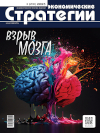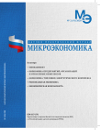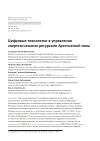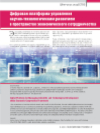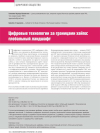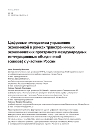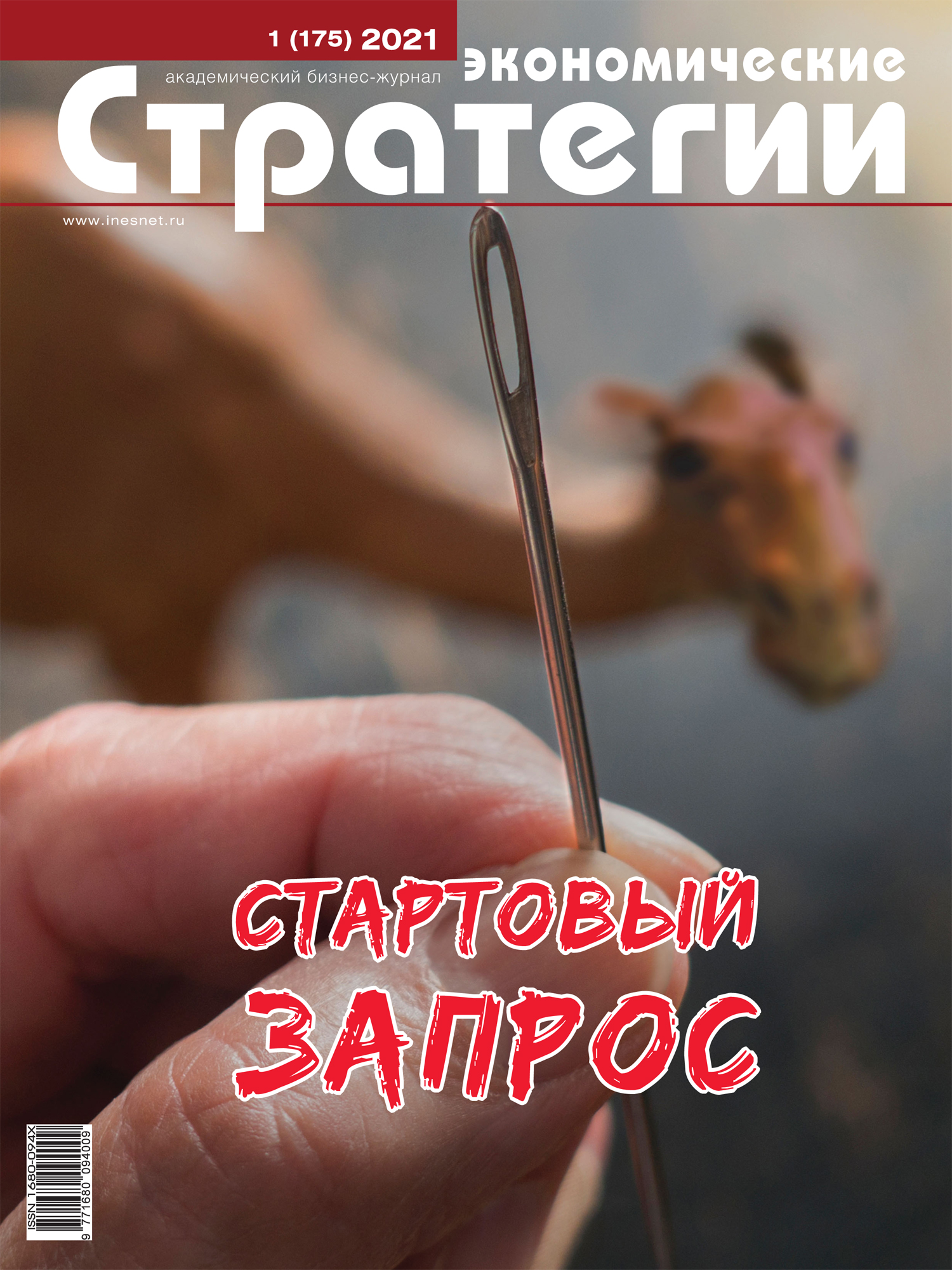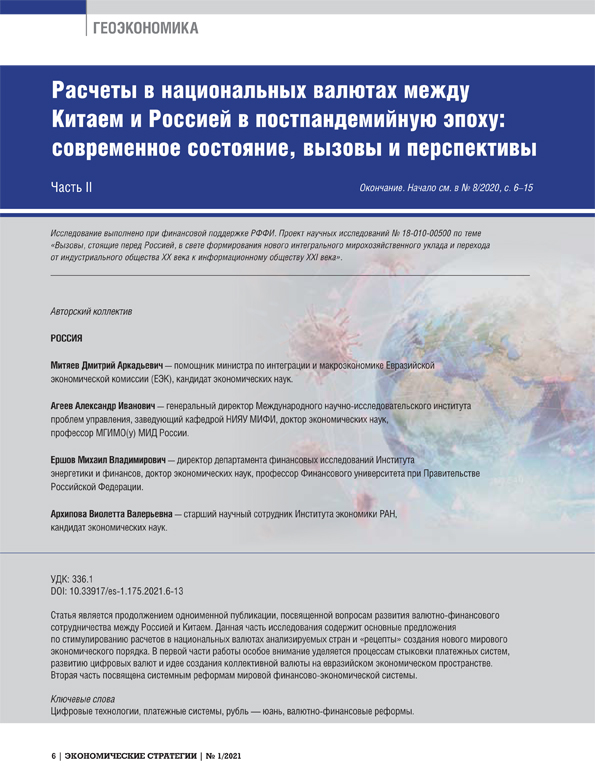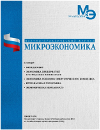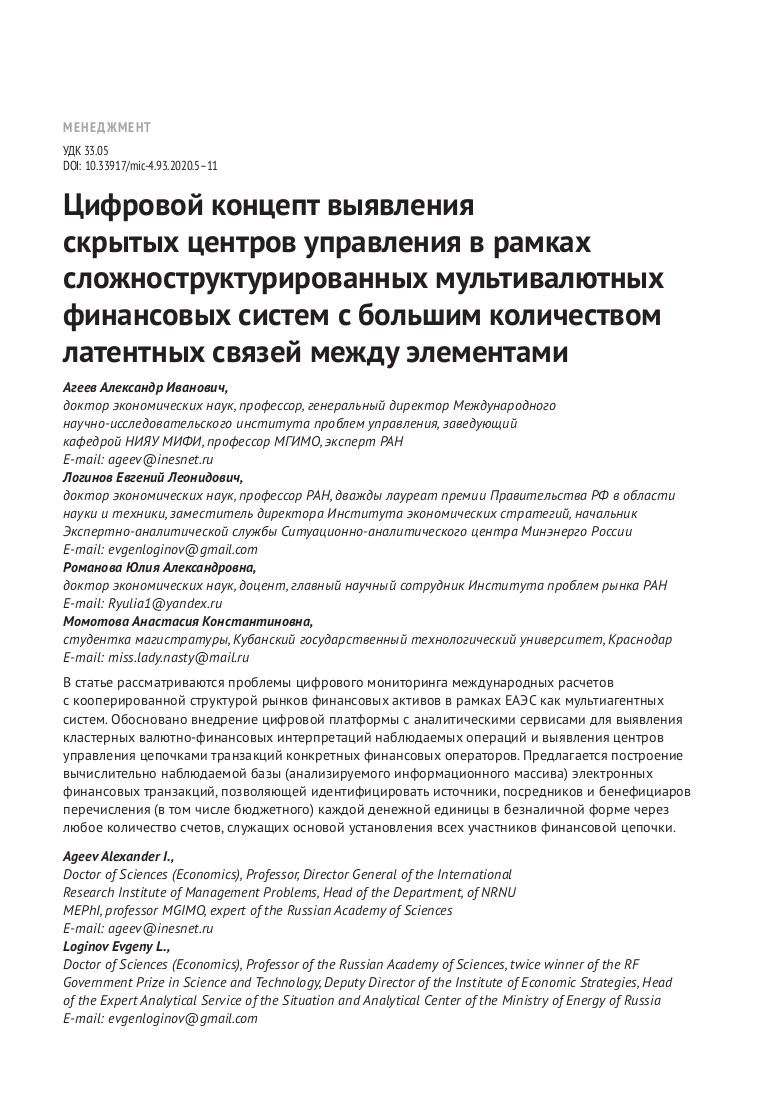Concept of Digital Sanctions as a New Type of Economic Sanctions in the Digital Technologies Era: Introduction of Digital Sanctions against Russia and their Consequences
DOI: 10.33917/es-2.200.2025.92-103
Recently, the world has faced new challenges in the field of international relations and economics, among which special place is given to digital sanctions. Unlike traditional economic sanctions, which are typically regulated through physical goods or financial transactions, digital sanctions actively target technology, data and internet infrastructure. The consequences of these measures affect both the economy, which loses access to key technologies, and the social sphere, where monitoring and control become more stringent. The article addresses two main research questions: can the sanctions targeting digital technologies and developments be regarded as an advanced form of economic sanctions, and what will be the economic losses for Russia? As digital transformation continues to revolutionize economies around the world, this study argues that digital sanctions have significant economic impacts on targeted countries. By analyzing the characteristics and effects of recent sanctions against Russia, the study provides insight into the changing landscape of sanctions mechanisms and diplomacy in the digital age.
References:
1. Budushchee tsifrovoy transformatsii v usloviyakh sanktsiy [The Future of Digital Transformation in the Context of Sanctions]. Rambler, 2022, 14 dekabrya, available at:
https://finance.rambler.ru/business/49862989/?utm_content=finance_media&utm_medium=read_more&utm_source=copylink
2. Pak Dzh. Tekushchiy status i otsenka soblyudeniya ekonomicheskikh sanktsiy mezhdunarodnogo soobshchestva v otnoshenii Severnoy Korei [Current Status and Assessment of Compliance with the International Community’s Economic sanctions Against North Korea]. Eksportno-importnyy bank Korei, 2016.
3. Birsteker T., Zuzana Kh., Markos T. UN SanctionsApp: interaktivnaya baza dannykh o sanktsiyakh OON, avgust 2020 g. [UN SanctionsApp: Interactive database of UN sanctions, August 2020]. UN Sanctions App, 2020, available at: https://unsanctionsapp.com
4. Pasport natsional’noy programmy “Tsifrovaya ekonomika Rossiyskoy Federatsii” [Passport of the «Digital Economy of the Russian Federation» National Program]. Ofitsial’nyy sayt Pravitel’stva RF, available at: http://government.ru/info/35568/
5. Est’ u sanktsiy nachalo, net u sanktsiy kontsa [Sanctions have got the beginning, but sanctions have no end]. Kommersant”, 2024, 23 fevralya, available at: https://www.kommersant.ru/doc/6532283
6. Rossiya ukreplyaet tekhnologicheskiy suverenitet iz-za sanktsiy [Russia Strengthens Tech Sovereignty Amid Sanctions]. Digital Report, 2024, 21 marta, available at: https://digital-report.ru/rossija-ukrepljaet-tehnologicheskij-suverenitet-iz-za-sankcij/
7. Danilin I. Ot tekhnologicheskikh sanktsiy k tekhnologicheskim voynam: Vliyanie amerikano-kitayskogo konflikta na sanktsionnuyu politiku i rynki vysokikh tekhnologiy [From Tech Sanctions to Tech Wars: The Impact of the US-China Conflict on Sanctions Policy and High-Tech Markets]. NEA, 2022, no 3(55), available at: https://doi.org/10.31737/2221-2264-2022-55-3-13


